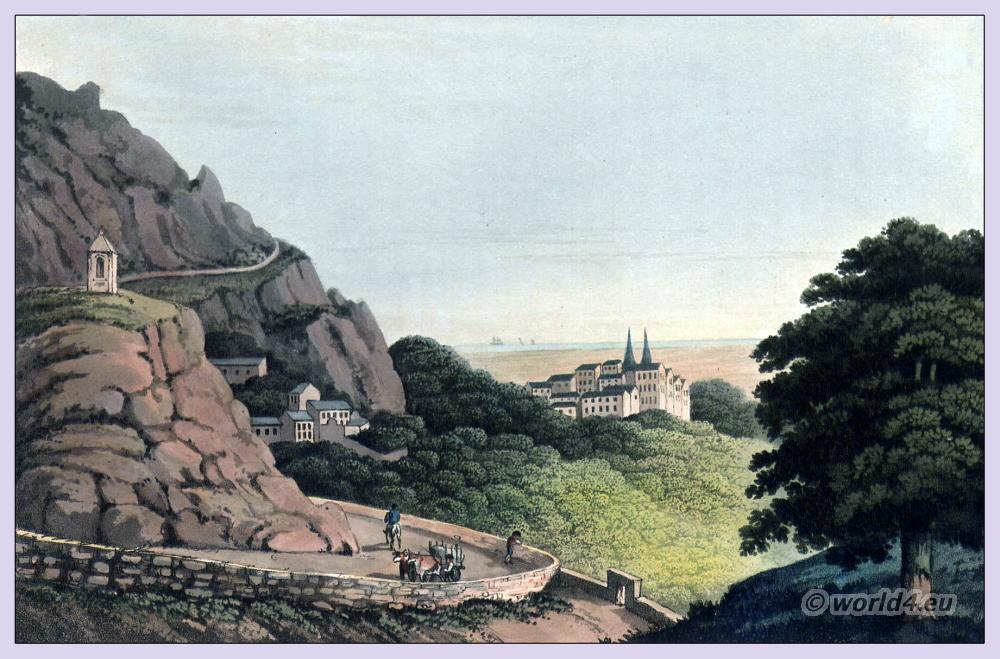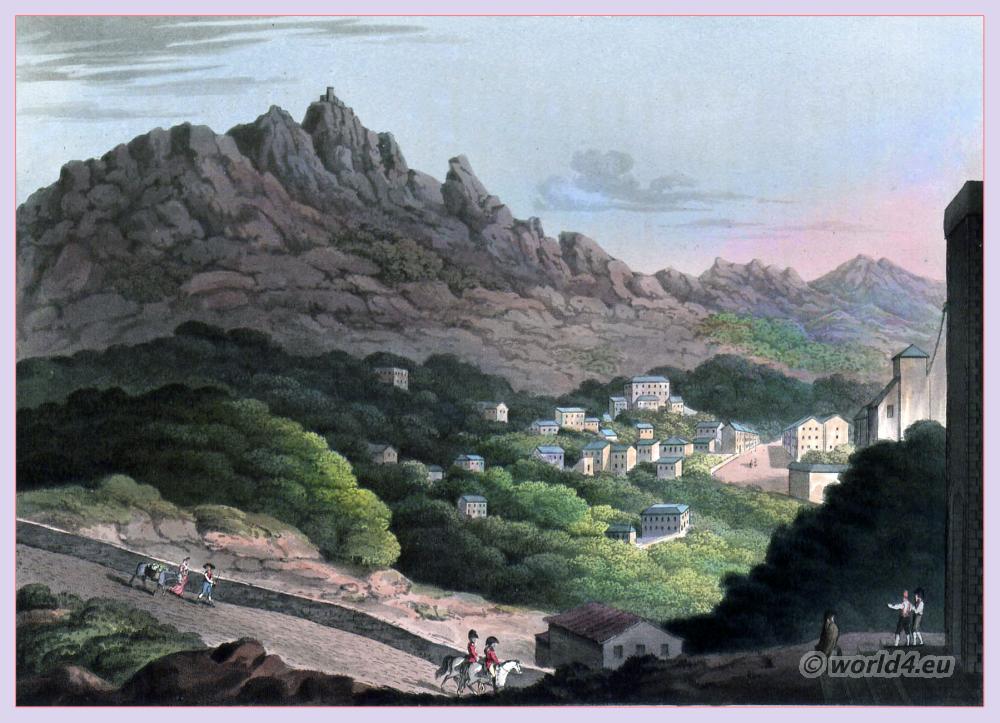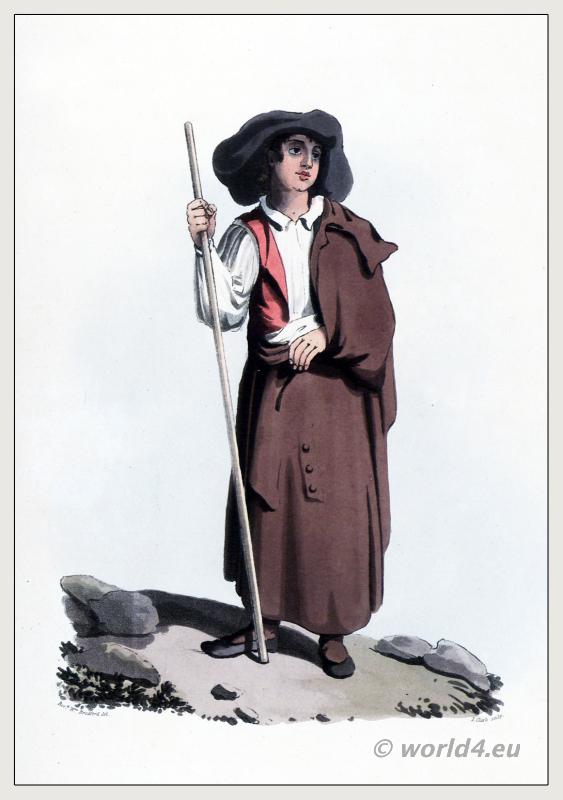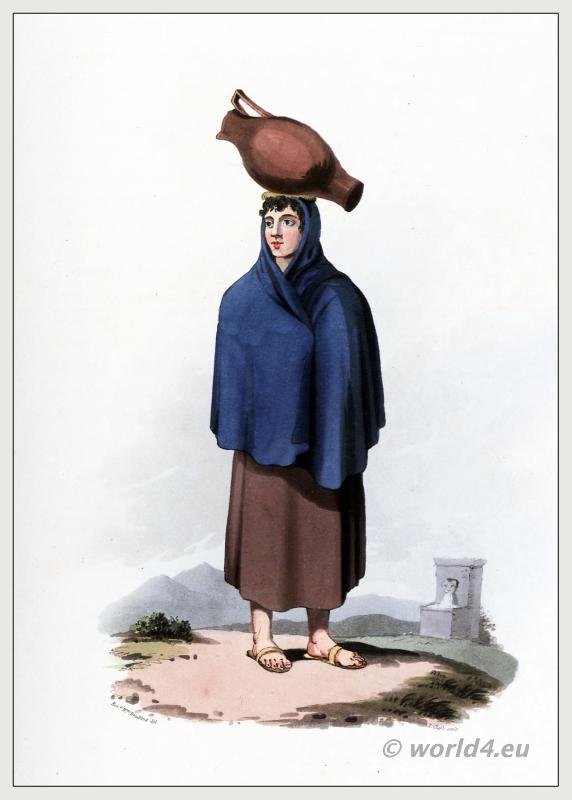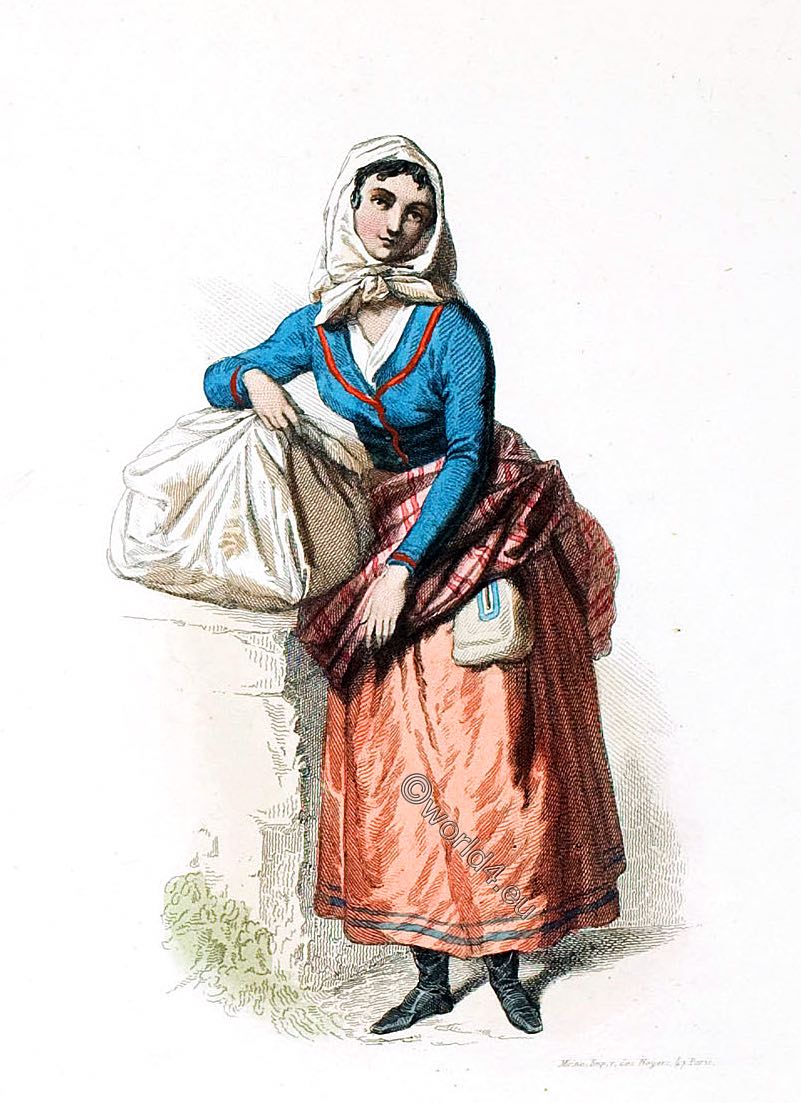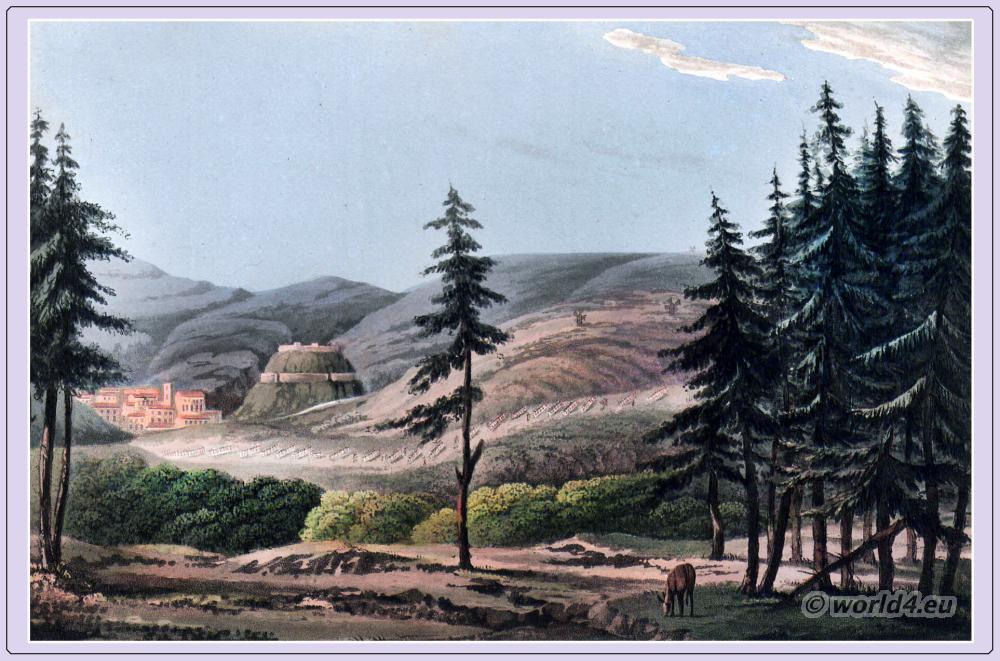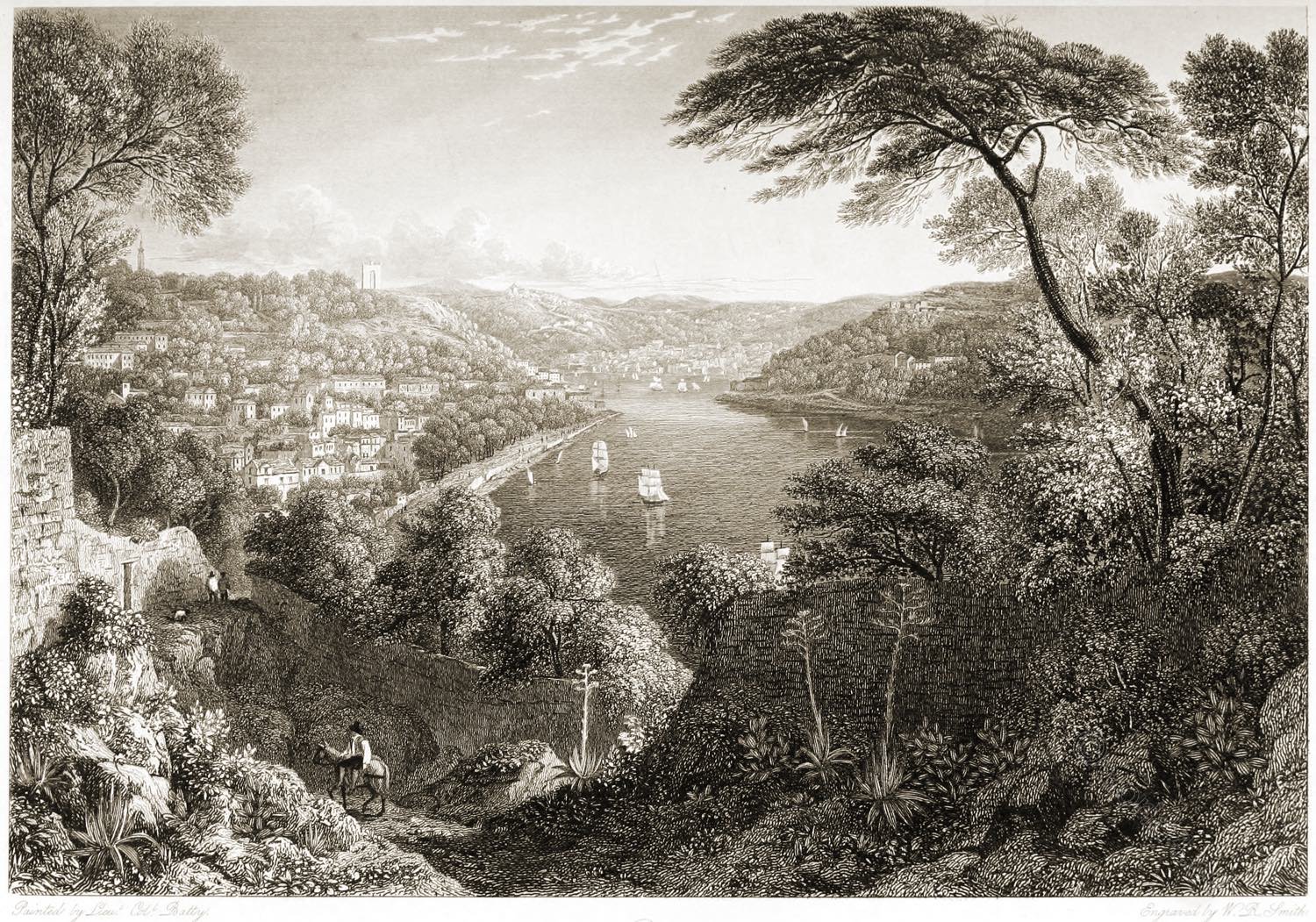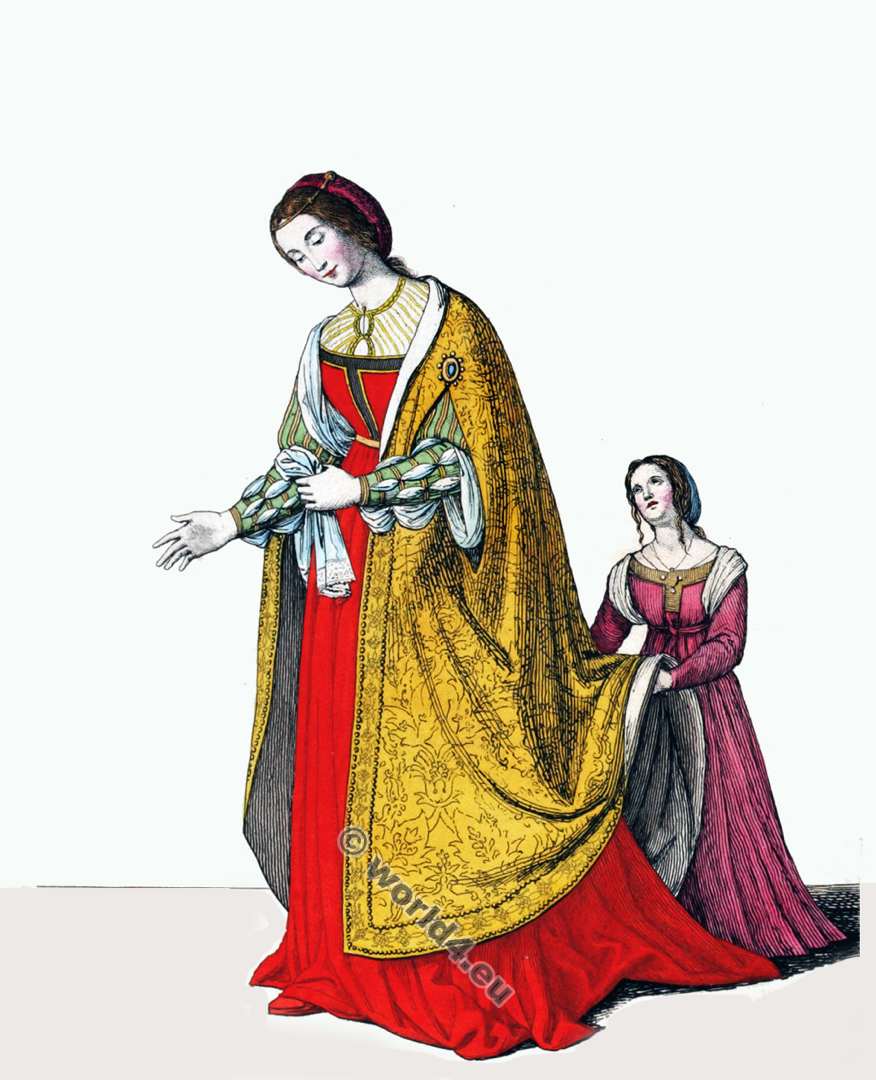Sintra (traditionally known in English as Cintra) is a small town (vila) in Portugal about 25 km west of Lisbon. It belongs to the Município of the same name. The town is best known for its palaces, some of which are centuries old, which attract tourists from all over the world. Since 1995, the Sintra Cultural Landscape has been a UNESCO World Heritage Site.
Sintra also became an increasingly popular destination for the upper middle classes, especially since the 19th century, with international artists and industrialist families frequenting the area. Writers such as Lord Byron, Eça de Queiroz or Hans Christian Andersen have recorded their enthusiasm for the landscape, climate and architecture of Sintra in literature.
Byron’s “Lo! Cintra’s glorious Eden” from 1812 is still present today and almost serves as Sintra’s unofficial tourist motto. In the district of Sintra is also Cabo da Roca, the cape is the westernmost point of mainland Europe.
CINTRA
by the Rev. William Bradford.
FROM Torres Vedras to Cintra the road lies through a series of military posts, and strong passes, and through the village of Mafra, celebrated for its magnificent palace and convent, which is justly considered as little inferior to the Escurial.
The beauties of the mountain and town of Cintra gradually unfold themselves, until at length the traveler descends a hill by the church of Saint Sebastian, when the varied charms of this grand scenery, opens upon the view. The hold outline of the mountain, is from this point visible to a considerable extent. Its prodigious breaks and cavities, the numerous villas huilt along its declivity, amidst orange and lemon groves, and woods of forest trees, produce a landscape rarely equalled in picturesque character,
Among the principal villas which claim distinction, as to seite and building, is one belonging to the Marquis Marialva, but it is at present unoccupied. Another, little inferior, and famous for its gardens, is the property of the Marquis Pombal. A spacious Hotel, beautifully situated, looking over the town to the Atlantic, under the management of an Irish woman, furnishes excellent accommodation, and is an object, by no means devoid of interest to an English traveller.
The town contains about a thousand houses, three convents, and a palace, built by Don Emanuel, but now much neglected, and going to decay. The most surprising monument of the royal Founder’s piety, is a convent of Jeronomites, erected on the highest ridge of the mountain. Its elevation is said to he three thousand feet above the level of the sea.
(Cintra Portugal World Heritage Site in 1995.)
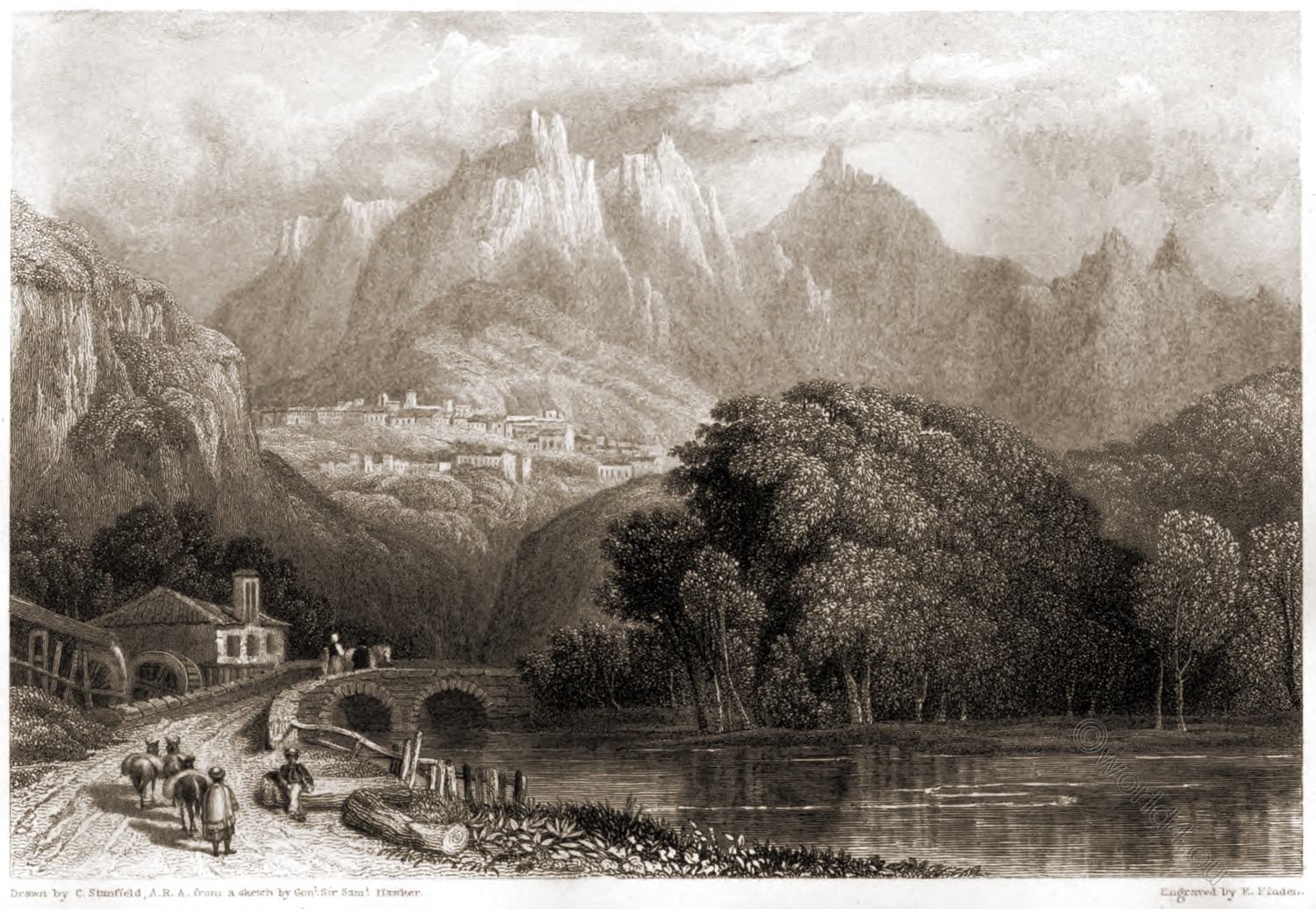
CINTRA.
by William Brockedon.
Drawn by C. Stanfield, A.R.A.,from a Sketch by Col. Sir Samuel Hawker.
“I must just observe, that the village of Cintra, in Estremadura, is the most beautiful perhaps in the world.”
Byron’s Letter to Mr. Hodgson.
“THE climate of Cintra is decidedly damp, owing to its western aspect and its proximity to the sea; and, indeed, such is the humidity of the atmosphere early in the autumn, that families are often compelled to return to their residences in Lisbon, in order to avoid colds, fevers, and rheumatism, before the end of September.
The houses of the town are prettily scattered about the breast of the hill, and their gardens abound with all those flowers, shrubs, and trees whose nature is con- genial with warmth of climate. The principal street, if it deserve the appellation, is allowed to remain encumbered with filth, which, were the temperature of the atmosphere as high here as at Lisbon, would render Cintra equally insupportable in the summer.
The shops are sufficiently numerous and good; and the manufacture of open worked stockings and cheesecakes affords employment to a considerable portion of the inhabitants. The open grated windows of the prison, as in other Portuguese towns, even upon the ground floor, allow free communication between the prisoners and their friends, and every passing stranger. The view down the valley, from the space in front of the church, is singularly beautiful, comprising all the quintas and gardens in the lower part of the town.
The various views of Cintra, and of the most interesting objects around it, given in these Illustrations, will convey an idea beyond language of the scenes which Byron so highly eulogised.
Source:
- The Peninsula War. Sketches of the Country, character, and Costume, in Portugal and Spain, made during the campaign, and on the route of the British Army, in 1808 and 1809. Engraved and coloured from the drawings by the Rev. William Bradford.
London: printed for John Booth, by William Savage, 1809. - Finden’s illustrations of the life and works of Lord Byron. With original and selected information on the subjects of the engravings by William Brockedon (1787-1854); Edward Francis Finden (1791-1857), engr; William Finden, (1787-1852). London: J. Murray, 1833-34.
Related
Discover more from World4 Costume Culture History
Subscribe to get the latest posts sent to your email.

